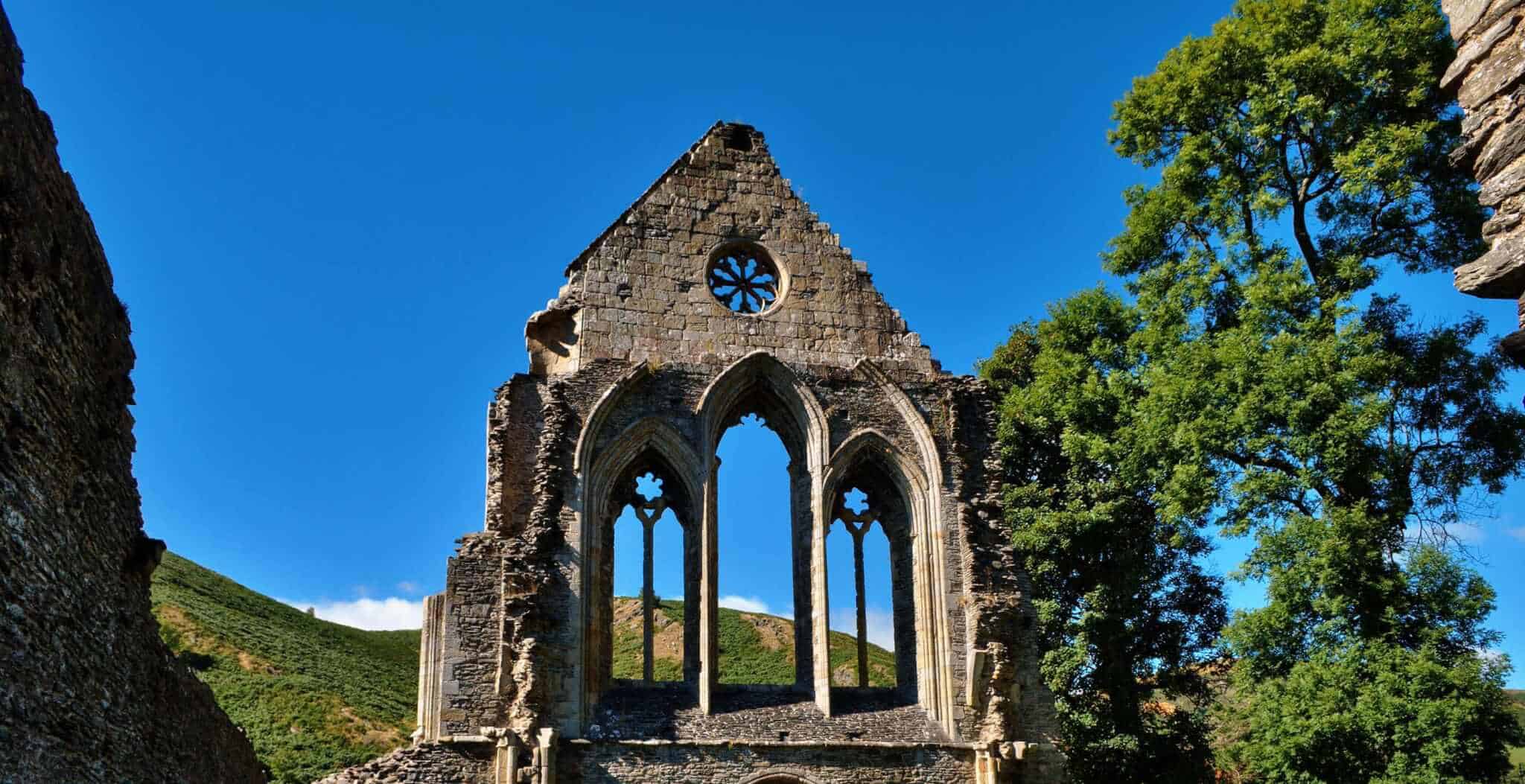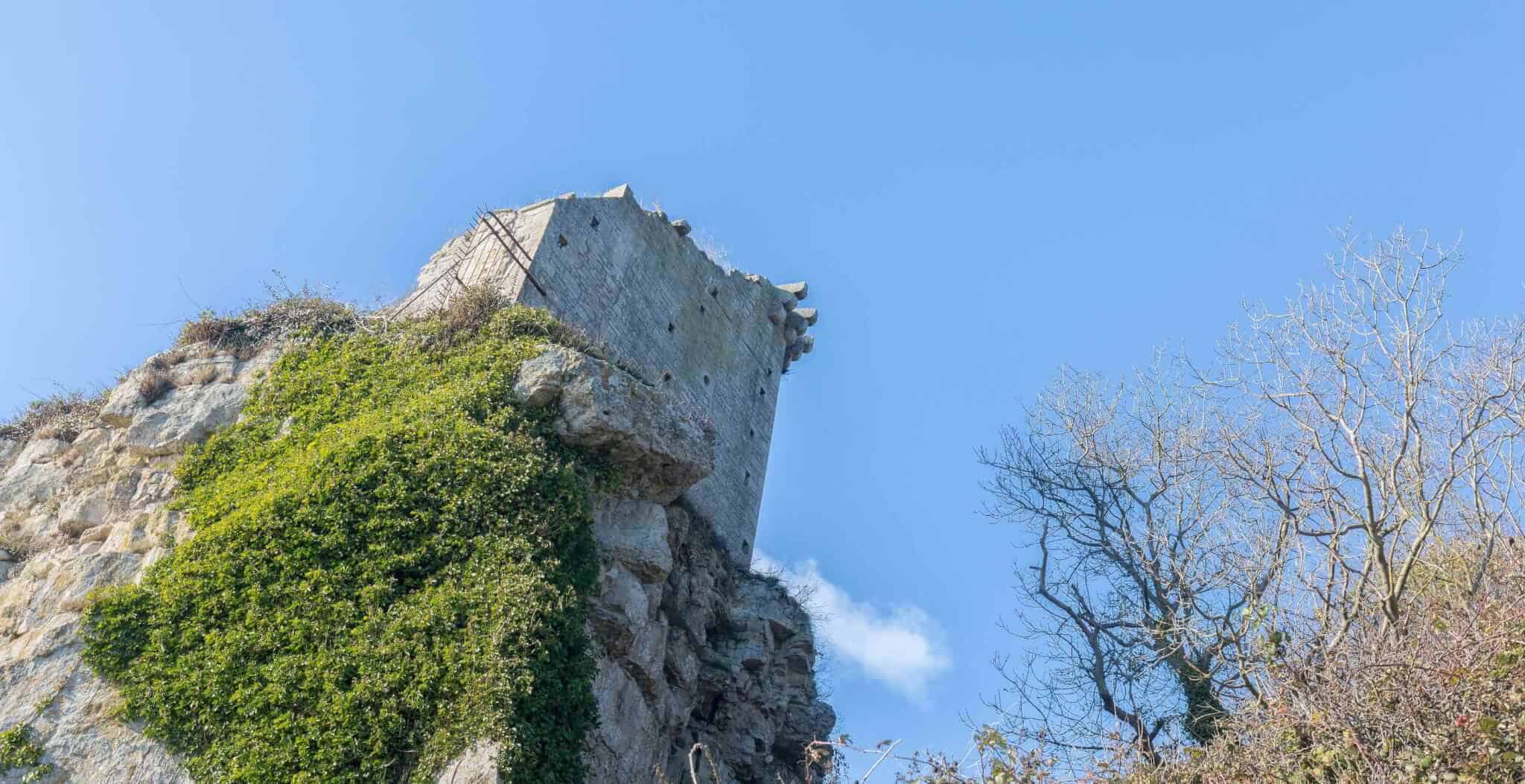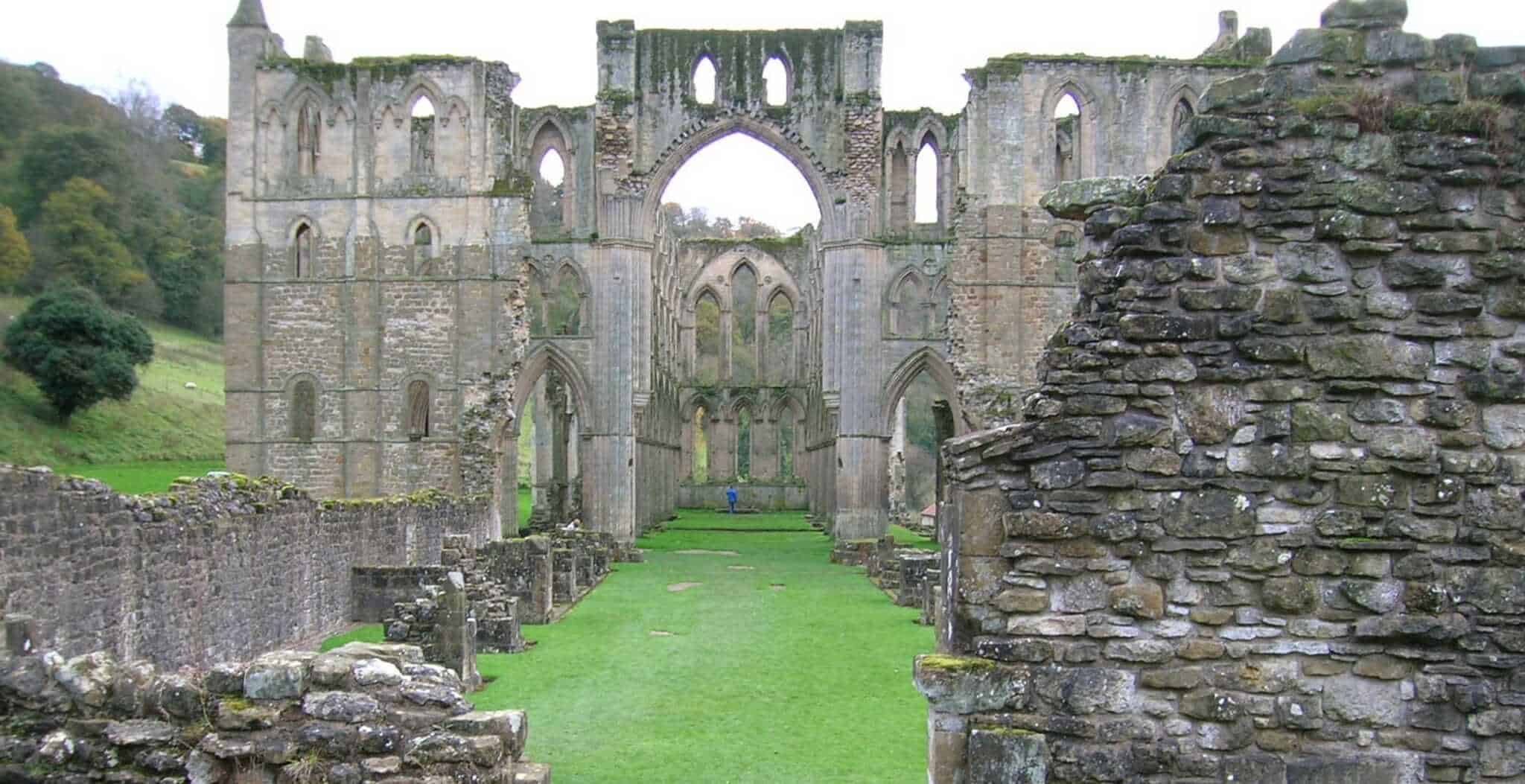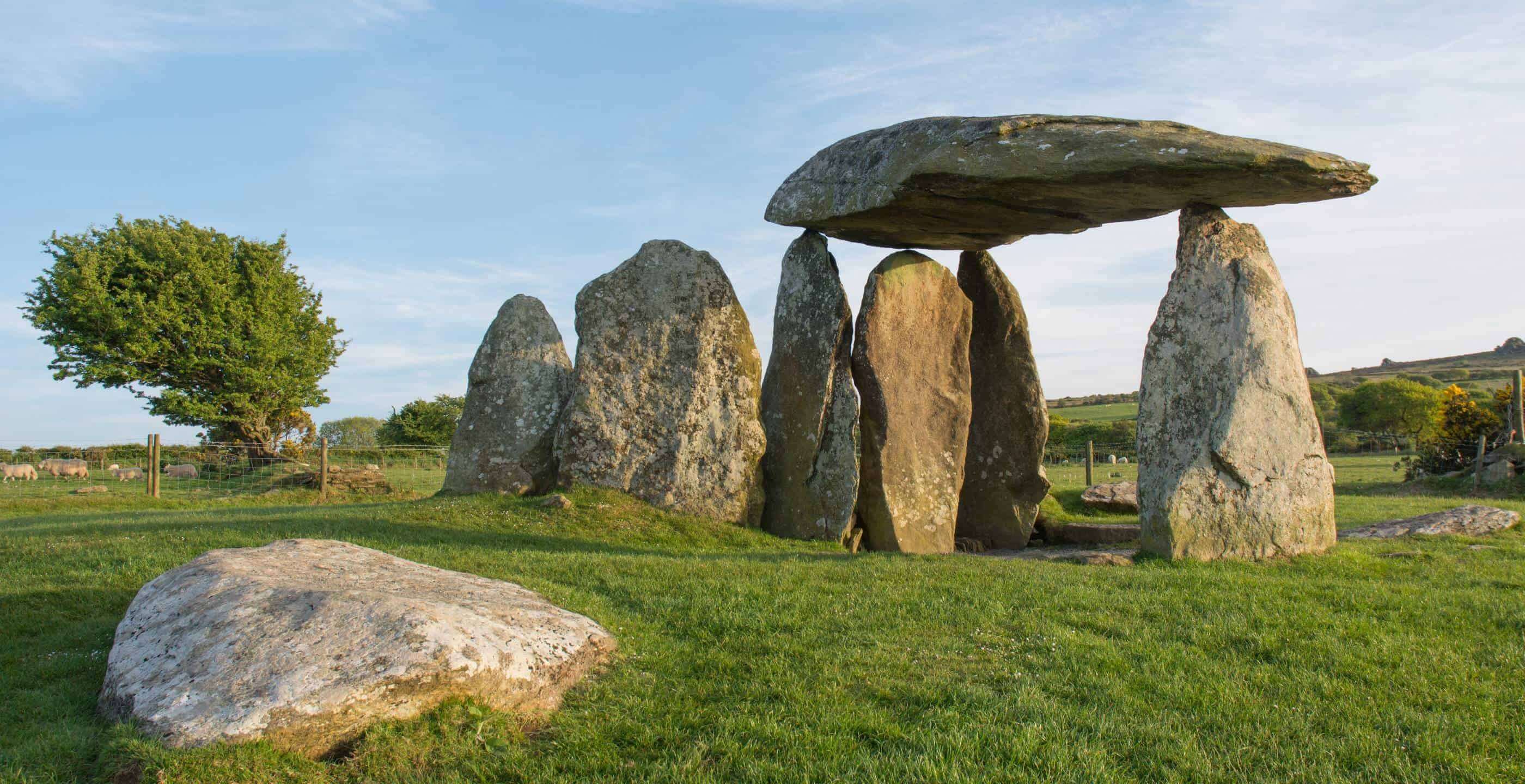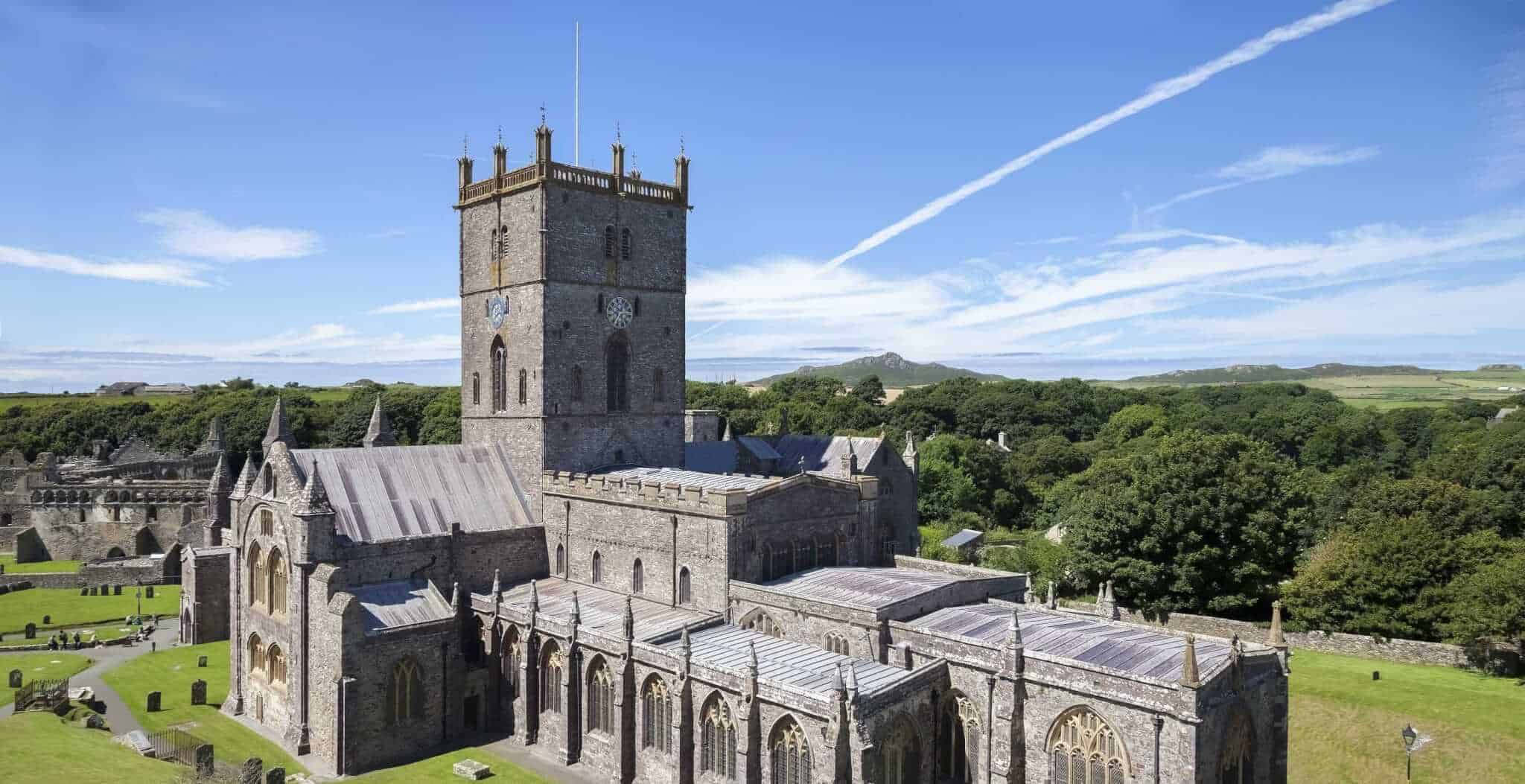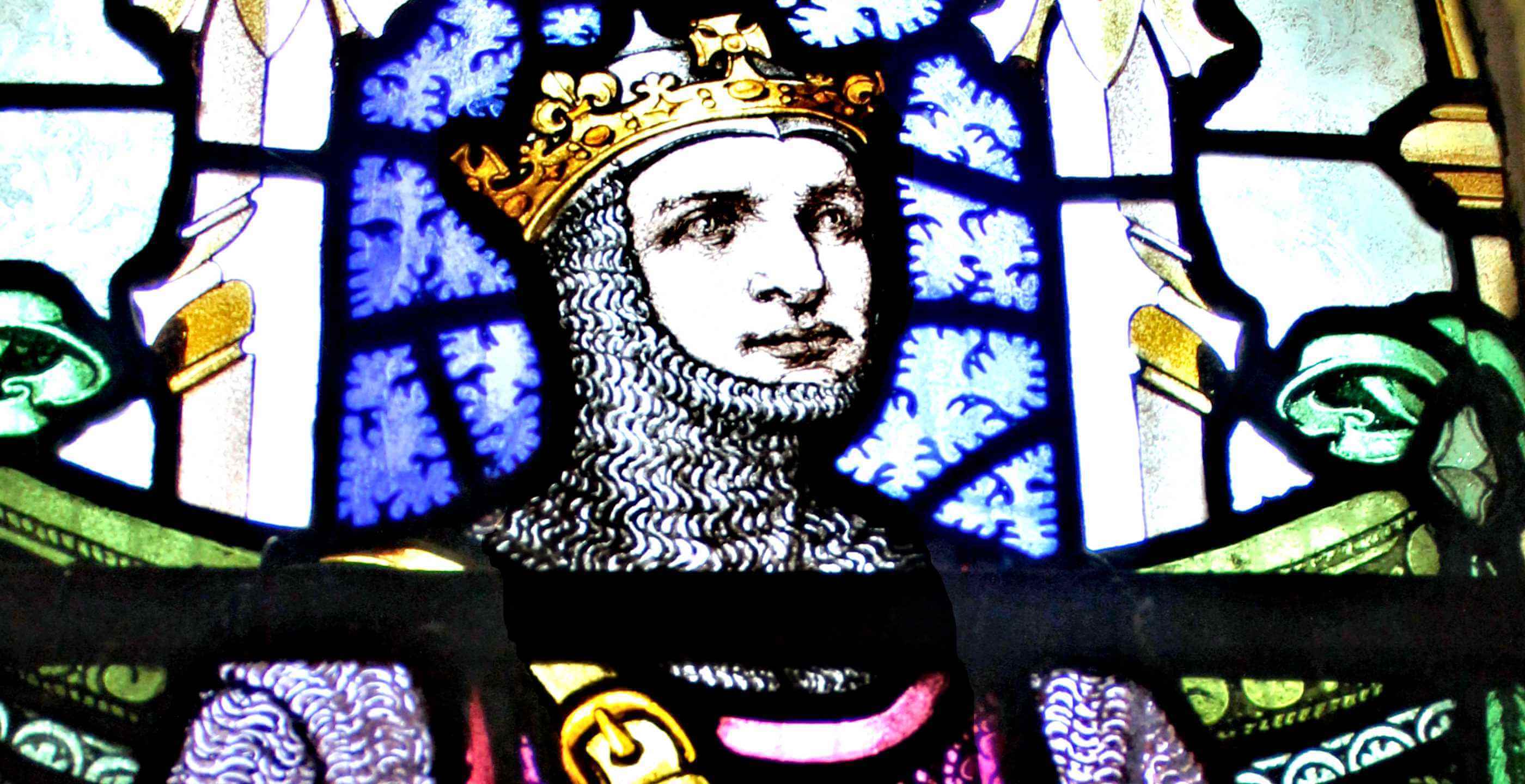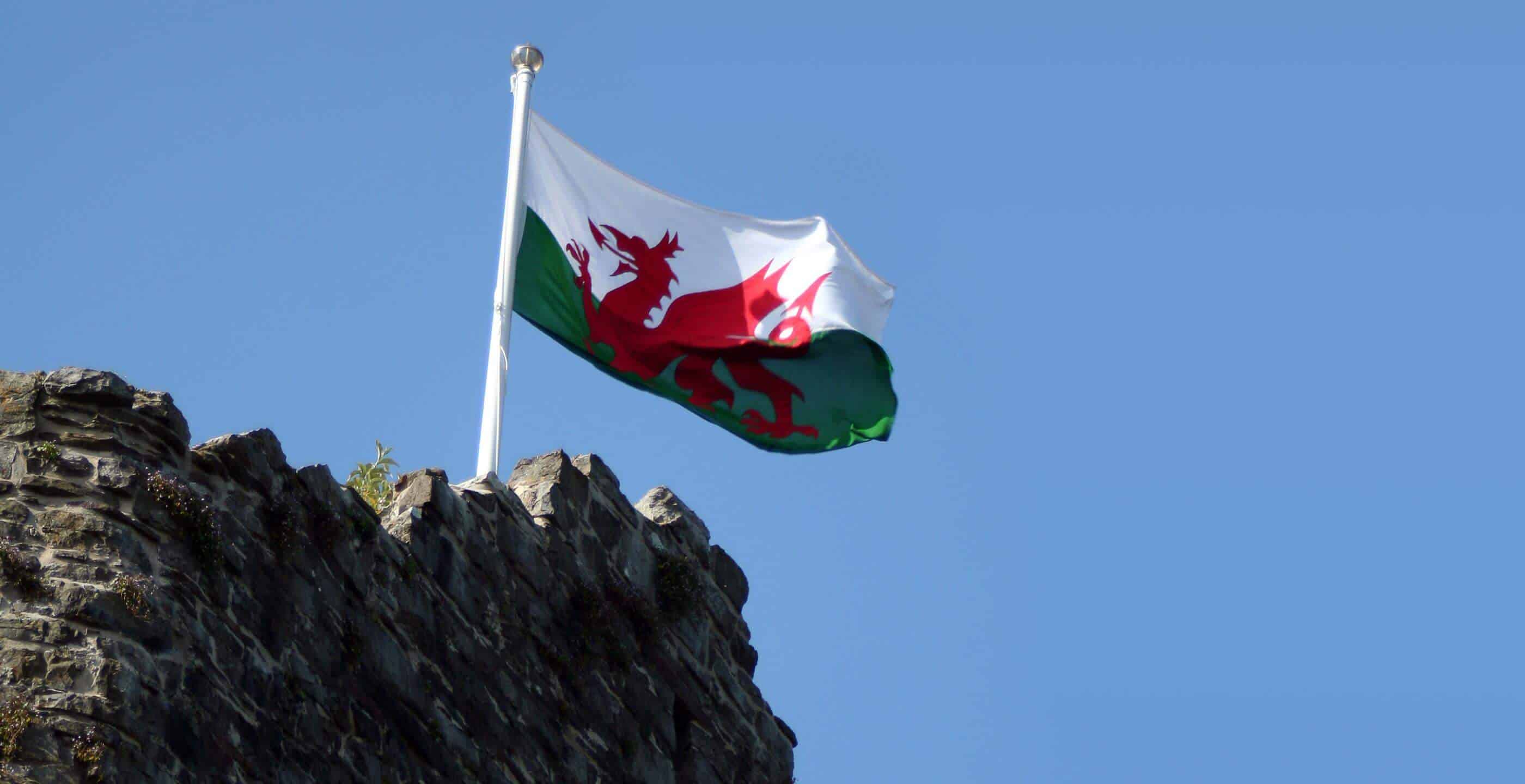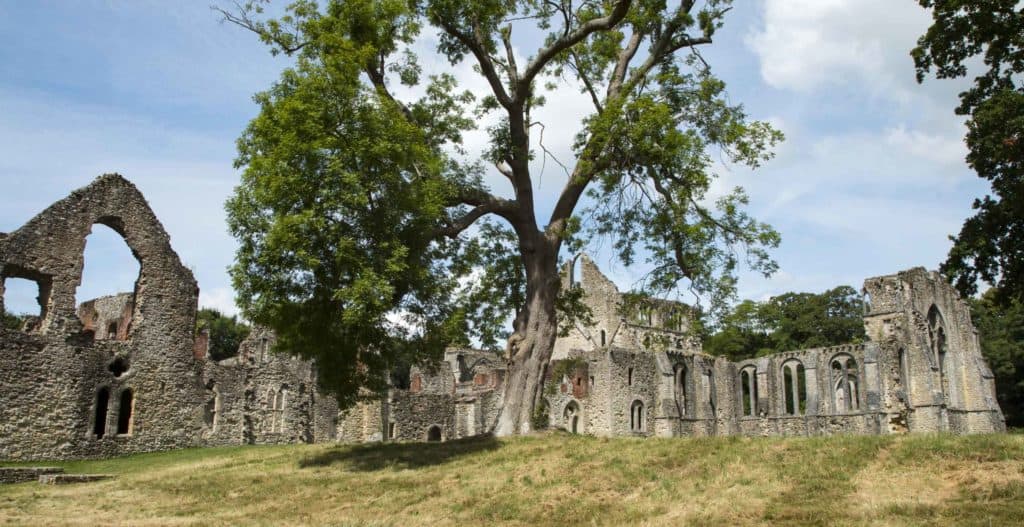Valle Crucis Abbey is situated just outside Llangollen in Denbighshire, Wales. Valle Crucis means ‘Valley of the Cross’, so named for the 9th century cross, Eliseg’s Pillar, which stands a short walk from the abbey.
The pillar is some 500 years older than the abbey and was once surmounted by a wooden cross. An inscription says the pillar was erected to Eliseg, who waged war against the Saxons in the middle of the 8th century. Cyngen, prince of Powys, raised the cross in memory of his grandfather Eliseg, who the pillar explains: “annexed the inheritance of Powys…from the powers of the English, which he made into a sword-land by fire.” The inscription on the pillar was translated by Edward Llwyd in 1606.
Valle Crucis Abbey was founded for monks of the Cistercian order in the winter of 1201 by Madog ap Gruffydd Maelor, ruler of this part of Wales. It was the last of 14 Cistercian foundations to be built in Wales.
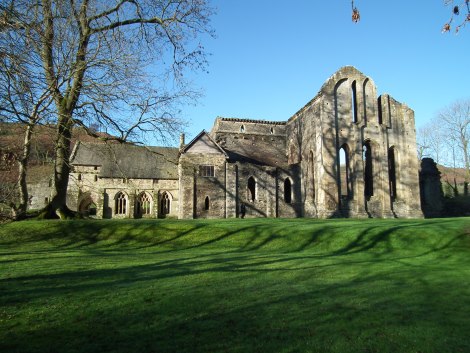
The Cistercians or ‘White Monks’ were the most popular of the monastic orders. Their monasteries were built in remote locations where the monks and lay brothers combined an austerely religious life with farming on outlying estates.
The abbey buildings here conform to the normal Cistercian layout of a large cruciform church with residential accommodation arranged around a rectangular cloister adjoining it on the south side. The 13th century church is the most prominent survival, together with the east range of the cloister, built around 1400, containing the Chapter House and monks’ dormitory.
The Chapter House was the most important building in the abbey after the church. Here every morning the monks would assemble to hear a chapter read from the Rule of St Benedict (hence the name ‘Chapter House’), to confess their faults to the abbot and receive punishments. Here also the day-to-day business of the abbey would be conducted.
One of the most tranquil spots in the abbey ruins is by the fish pond. The fish pond provided a ready source of food for the monks who were forbidden by their vows to eat meat. The pond has been restored and is now the only surviving monastic fish pond in Wales, but most monasteries without fishing rights would originally have had one or more such ponds.
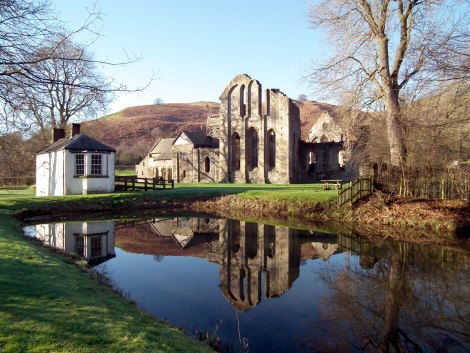
Agriculture and sheep farming on the outlaying estates provided another source of food, as well as revenue, but most of the abbey’s income came from rent and tithes.
Valle Crucis Abbey was closed down in 1537 during Henry VIII’s dissolution of the monasteries, with parts of the abbey later converted into a house.
Today, despite its setting by a busy road, farm and holiday park, the most striking thing about the abbey is the tranquillity and beauty of its riverside location. The café/bistro here has an excellent reputation, so visitors can add to their visit with a drink, meal or on a hot summer’s day, a refreshing ice cream!
Valle Crucis Abbey, Llantysilio, Llangollen LL20 8DD
Cared for by Cadw.
